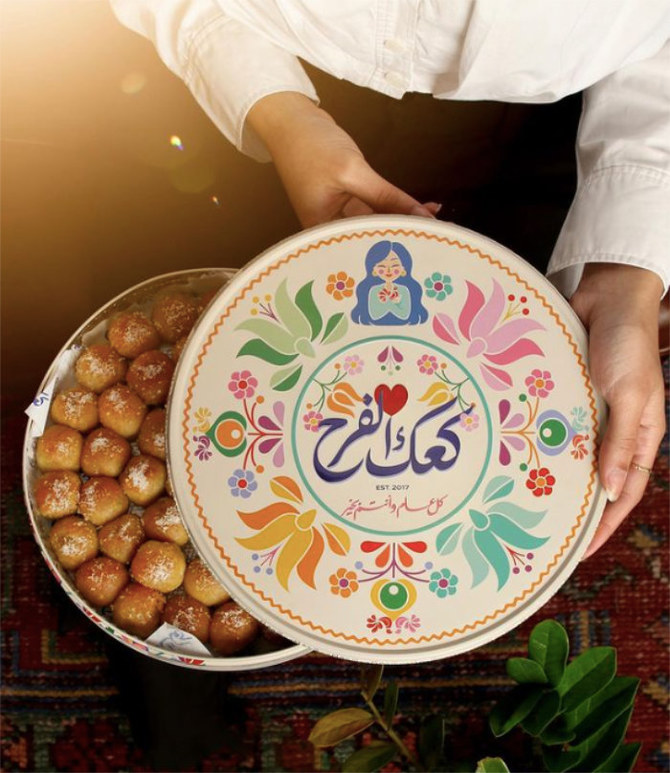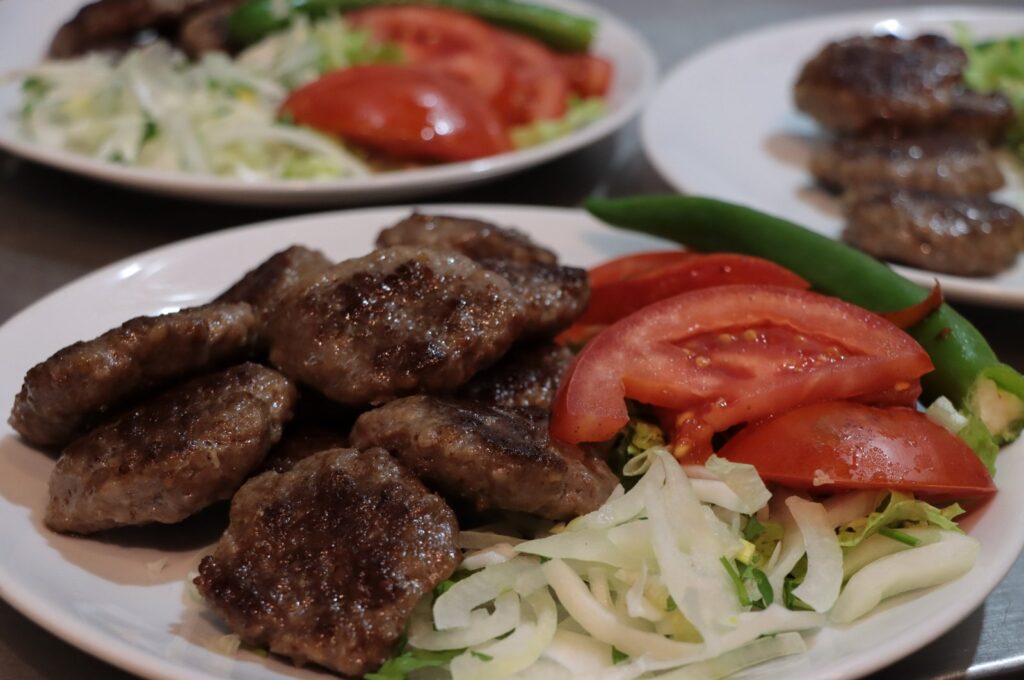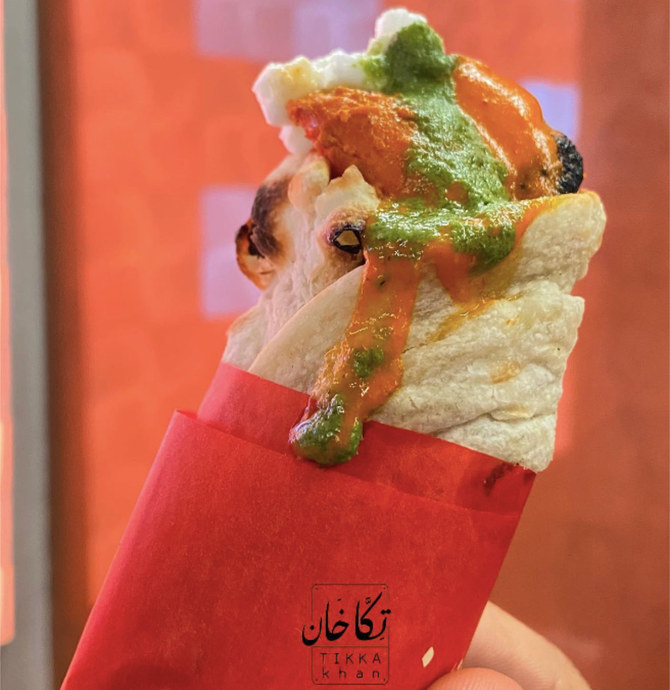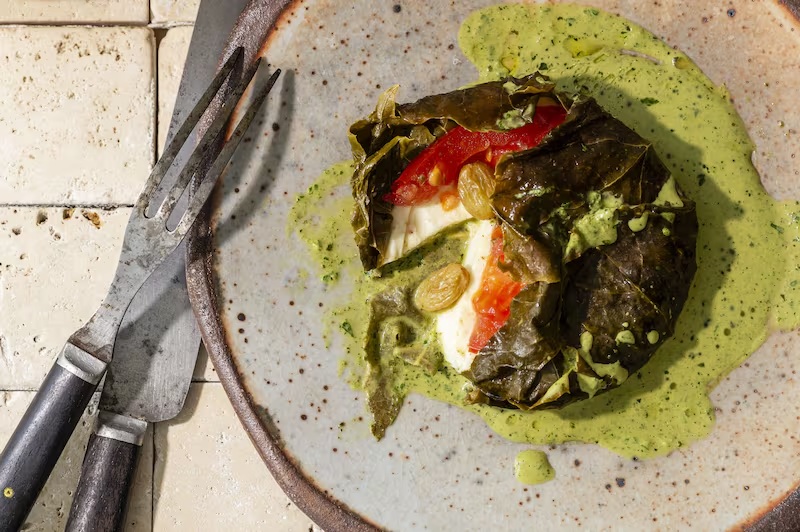
ADANA (AA): It is an authentic treat to chance upon the “muhacir somunu,” baked by immigrants who brought the bread culture they learned from their ancestors in the Balkans and Crimea to southern Turkey’s Çukurova region, where people have fallen in love with the bread.
In the rural Yellibel village of Adana’s Ceyhan district, where people immigrated from the Balkans and the Crimea nearly 200 years ago, people bake bread as they learned it from their ancestors.
The sourdough Tatar village bread of the Crimea and the loaf of the Balkan Turks were transported to Adana with those who migrated from there.
Due to the fact that it was brought by immigrants from two different geographies, the new form of the bread, formed by the combination of the two bread types, is called “muhacir somunu” as the local people say, or “immigrant loaf.” The technique of making muhacir somunu, which has been baked in ovens in Çukurova for nearly 200 years, is passed down from generation to generation.


The most important feature of the bread, which is baked once a week or every three to four days according to the season and the population of the house, is that it is made from sourdough and special attention is paid to resting it during the period between production and consumption.
The dough, which is made by kneading together flour, salt, water and sourdough left over from the previous bread dough, is left to rest for about one hour, covered tightly with blankets. Meanwhile, the trays on which the bread will be baked are greased and made ready. After resting, the dough is left in pieces of approximately 1.5 kilograms (3.3 pounds) on trays in the form of meringues. Here, the dough meringues are covered tightly with the same method and rested for about one more hour.
While the dough is resting, the oven in the garden is heated. In the ovens made of bricks plastered with adobe, thin olive tree branches are used instead of other kinds of wood so that it is not too hot and does not burn the bread.




After the embers of the burned branches are spread on the floor of the oven, the trays containing the bread dough are left on the embers to cook. Then the oven door is closed for about 15 minutes and the bread is left to brown. After 15 minutes, this time with the door open, the bread is baked for about half an hour more as the oven cools down.
After the baked loaves of bread are taken out and cooled, they are stored in bundles or placed in the refrigerator, waiting to be consumed.
The people of Adana also enjoy the “immigrant loaf” that decorates the tables of those descendants of immigrants, and citizens who want to taste immigrant bread in Ceyhan often go to Yellibel.
Adem Güleç, the local neighborhood mukhtar, told Anadolu Agency (AA) that Turks from Crimea and the Balkans founded the neighborhood together in the 1800s.
Güleç stated that the people who founded this place immigrated and brought many cultural features, including breadmaking, with them.


“Today, the muhacir loaf is still being produced. It is cooked and consumed in these ovens once a week or as long as needed. We have a common culture in our village,” he added.
Eftade Doruk, 74, one of the residents of the village, stated that they continue to make this bread as they learned from their ancestors.
“Everyone in the village has the same bakery at home. Everyone makes it according to the community. It is made a lot in winter. It does not go stale quickly, it goes stale earlier in summer,” she said.
“Our tradition continues in this way. We continue what we learned from our grandparents. Our ancestors migrated and brought this bread here. Our culture continues here,” she added.
The post Migrant delicacy: ‘Muhacir somunu,’ loaf unique to southern Turkey appeared first on The Frontier Post.







